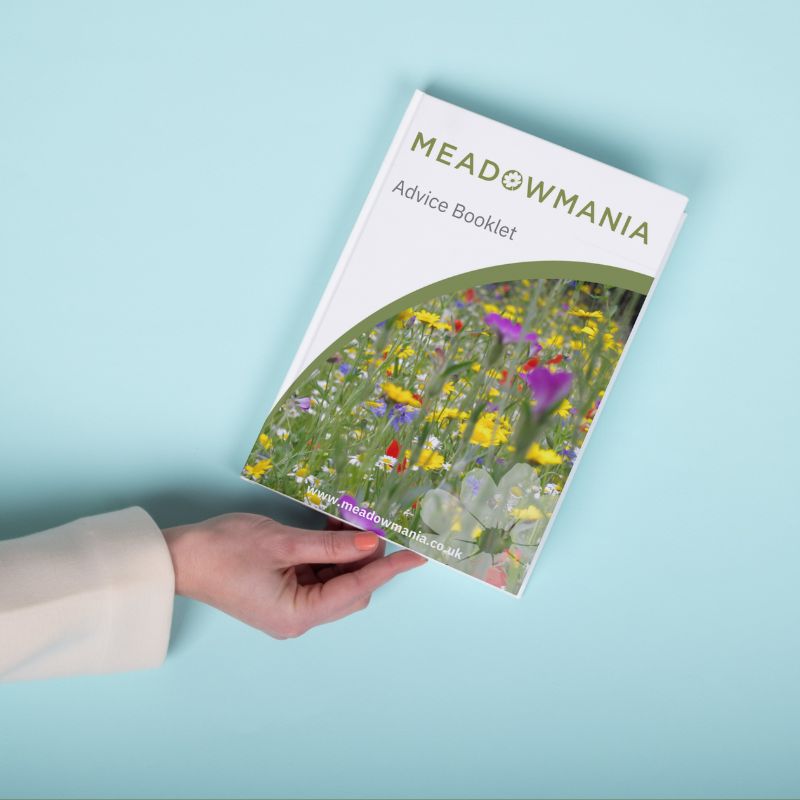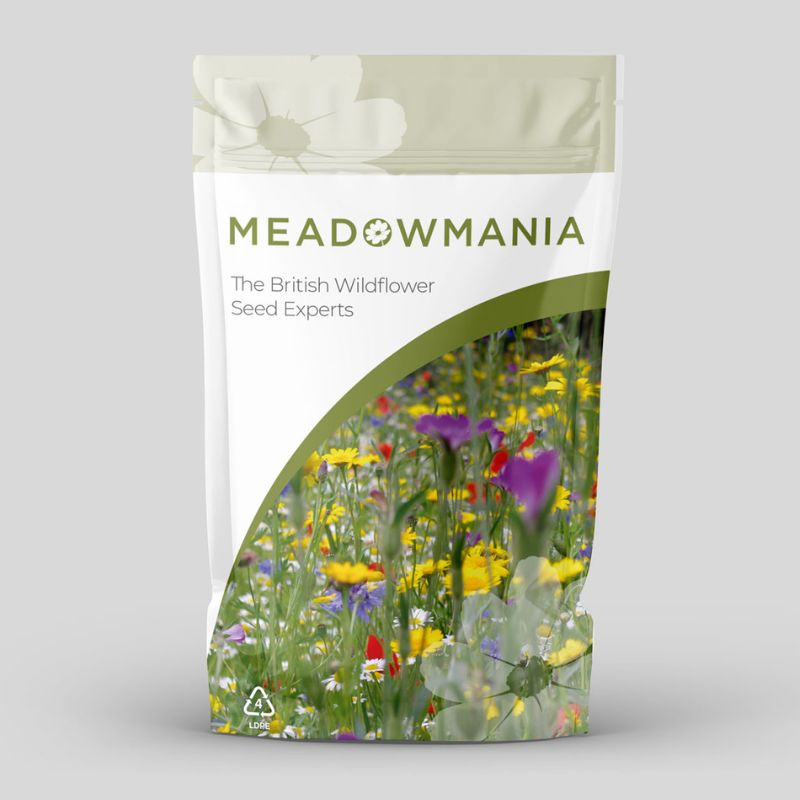
British Meadow Orchids - what are they and where to find them?
Every year, the UK embraces the charm and significance of its native wildflowers and natural grasslands with National Meadow Day. Held on the first Saturday of July, this special day is dedicated to appreciating and protecting the country’s vibrant meadows. These biodiverse habitats are not only stunningly beautiful but also crucial for wildlife, offering a haven for numerous plant and animal species.
To celebrate this year, we went visiting meadows and shared some interesting information on some of our most amazing species.
Watch the video below as Jane delves into the fascinating reproduction process of a wild orchid.
British Meadow Orchids - What Are They and Where to Find Them?
Wildflower meadows of the UK are home to some of the country's most captivating wildflowers: meadow orchids. These delicate and striking plants are a treasure for botanists and nature lovers alike. In this blog, we'll explore what makes British meadow orchids so special and where you can find them.
What Are Meadow Orchids?
Meadow orchids belong to the Orchidaceae family, one of the largest and most diverse plant families in the world. These orchids are characterized by their intricate and often colorful flowers, which are specially adapted to attract pollinators like bees and butterflies. British meadow orchids typically flourish in nutrient-poor grasslands, where competition from other plants is low, allowing them to thrive.

Types of British Meadow Orchids
Several species of orchids can be found in British meadows, each with its unique charm:
-
Common Spotted Orchid (Dactylorhiza fuchsii): As the name suggests, this is one of the most widespread orchids in the UK. It features pale pink to purple flowers with distinctive spots and grows in a variety of grassland habitats.
-
Early Purple Orchid (Orchis mascula): One of the first orchids to bloom in spring, it has deep purple flowers and a pleasant fragrance. It's often found in ancient meadows and woodland edges.
-
Southern Marsh Orchid (Dactylorhiza praetermissa): This orchid is typically found in wetter meadows and fens. Its vibrant pink to purple flowers make it a standout species.
-
Bee Orchid (Ophrys apifera): Known for its flowers that mimic the appearance of a bee, this orchid is a marvel of nature's mimicry. It's usually found in calcareous grasslands and sandy soils.
Where to Find Them
British meadow orchids are scattered across the UK, often in nature reserves and protected meadows. Here are some top spots to discover these botanical gems:
-
The New Forest, Hampshire: This ancient woodland and heathland area is rich in biodiversity, offering a habitat for various orchid species, including the Early Purple Orchid.
-
Cothill National Nature Reserve, Oxfordshire: Known for its diverse plant life, Cothill is a great place to spot the Southern Marsh Orchid among other meadow species.
-
Dorset's Chalk Grasslands: The chalk downlands in Dorset are perfect for orchid hunting, especially for species like the Bee Orchid and Common Spotted Orchid.
-
Gait Barrows National Nature Reserve, Lancashire: This limestone-rich reserve is home to several orchid species, providing a fantastic opportunity for orchid enthusiasts.
How Orchids Reproduce and Their Reliance on Fungi
Orchids have a fascinating reproduction process that involves intricate relationships with pollinators and soil fungi. Orchid seeds are tiny and lack the nutrient stores that most seeds have, making them reliant on a symbiotic relationship with mycorrhizal fungi in the soil. These fungi penetrate the orchid's roots and provide essential nutrients, enabling the seeds to germinate and grow. Additionally, orchids often have specialized flowers that attract specific pollinators, ensuring the transfer of pollen from one plant to another. This unique interplay between orchids, fungi, and pollinators underscores the delicate balance required for these plants to thrive.
Conservation Efforts
Orchids are highly sensitive to changes in their environment, making them indicators of a healthy ecosystem. Unfortunately, many meadow orchids are under threat due to habitat loss and changes in land use. Conservation efforts, such as protecting and restoring meadow habitats, are crucial to ensuring these beautiful plants continue to grace our countryside.
Enjoying Meadow Orchids Responsibly
When searching for meadow orchids, it's important to tread lightly and respect their habitats. Stick to designated paths and avoid trampling the delicate plants. Never pick wild orchids or dig them up; instead, take photographs and enjoy their beauty in situ.
British meadow orchids are a true delight, showcasing the intricate beauty of nature. By knowing where to find them and supporting conservation efforts, we can all play a part in preserving these extraordinary wildflowers for future generations to admire.






I did a No Mow May/ June on my patch of grass in front of my suburban bungalow and a Bee Orchid appeared near the end of May. It is gradually ripening seed.
Pyramid orchids occur on the magnesium limestone run off at Nosterfield. N. Yorkshire has its sites if they are allowed to grow!
Very interesting article particularly as I found some orchids at the RSPB site at Bempton Cliffs in East Yorks last week. Is it possible to buy wild native orchid seed and a compost to suit them.
A combination of adding hay rattle, close mowing and removal of grass in autumn created the ideal conditions for the spontaneous arrival of a starter colony of Dactylorhiza orchids. It took several years for this to occur but patience is necessary. It is like a parable of life – don’t think about imposing your unsuitable ideas but concentrate on creating the right environment and good things will happen.
Thank you for that informative video. We moved into our house in East Sussex two years ago and this year we had 5 Common Spotted Orchids appear in our back lawn and we obviously allowed them to grow to full bloom . Lovely. Hope we get them coming back next year!
Hi Jane ..Thank you for your e news letter and particularly showing the Meadow Pyramid Orchid.I would be so interested to know how to acquire seeds and to cultivate my own.
Having recently discovered then in abundance in France I do find them fascinating..and as a photographer I was lucky to capture the Black Veined White (Marble White) on this Orchid.
If you are doing any further promotion about this lovely plant I am very willing to give you some images and I would be most interested to find out more about growing my own…Many thanks ..Tim Clarke
Leave a comment